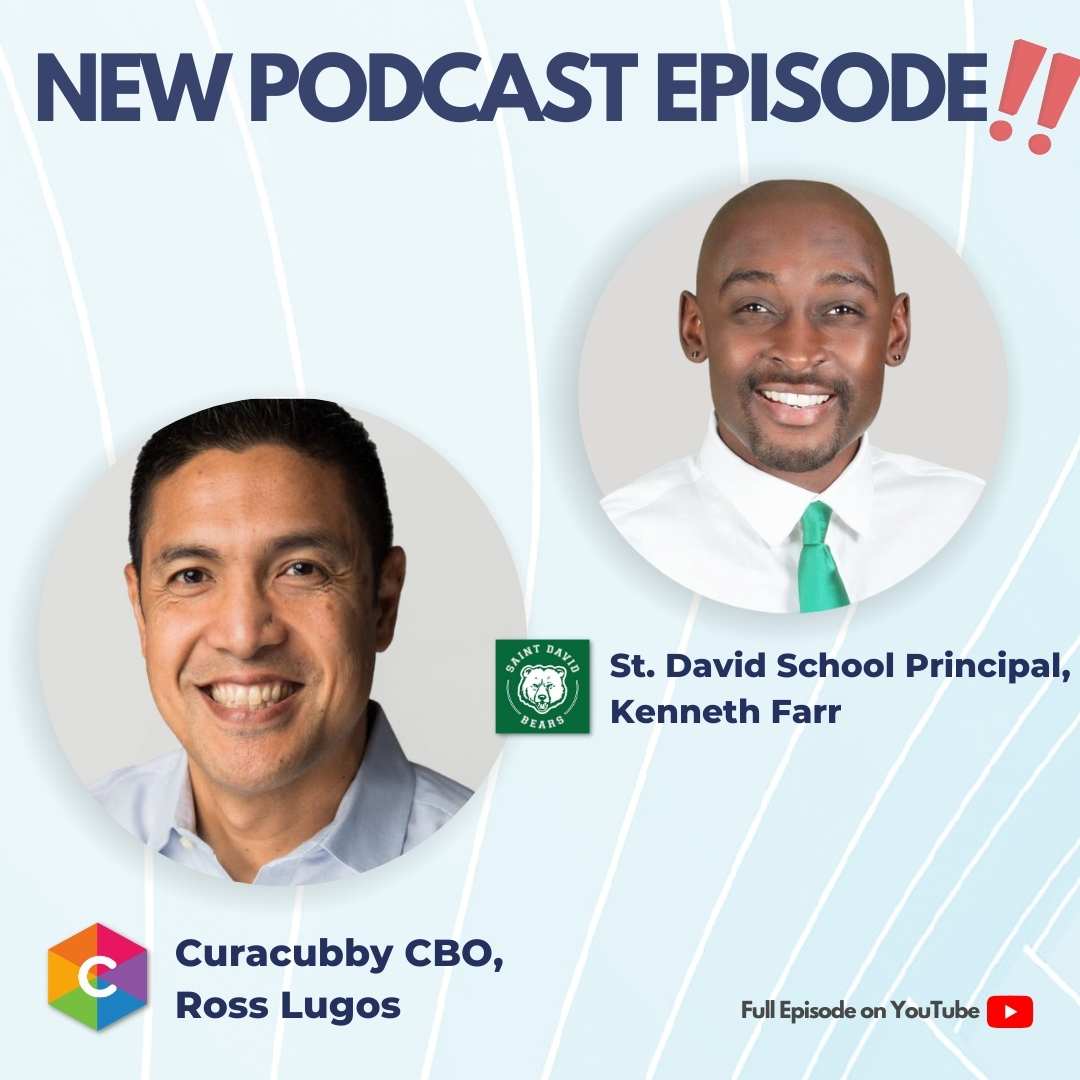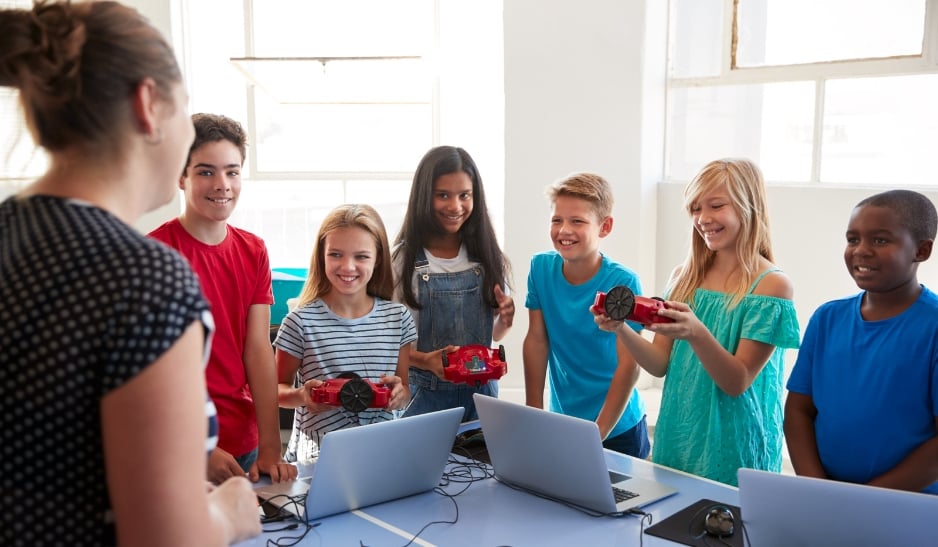Top 10 Activities for Middle Schoolers for After School Programs

Top 10 Activities for Middle Schoolers for After School Programs
As children grow and start navigating their path towards adulthood, the middle school years become a crucial phase for shaping their future. It's a time of exploration and transition where students experience changes academically, socially, and emotionally. This period lays the groundwork for lifelong learning habits and interests that extend far beyond the confines of the classroom. After-school programs offer an excellent platform to supplement their formal education and facilitate holistic development. Engaging, age-appropriate activities that stimulate curiosity, promote critical thinking, and foster a love for learning are critical components of these programs.
Middle school is a time when students start to form their identities, develop autonomy, and explore their interests. The experiences they have during this time greatly influence their attitudes towards learning and their future career paths. After-school programs provide an essential opportunity to bolster these experiences and expand learning beyond what's possible during regular school hours. By incorporating key elements like differentiated instruction, project-based learning, and inclusive education, after-school activities can shape a more engaging, personalized, and comprehensive learning experience.
Understanding After School Programs and Their Significance to Middle Schoolers
After-school programs provide structured, supervised environments where students engage in activities beyond regular school hours. These programs, ranging from clubs and sports to tutoring sessions, offer a balance of learning and leisure, enhancing the overall school experience. They provide avenues for middle schoolers to explore diverse interests, develop social skills, and apply classroom knowledge in real-world scenarios, thereby fostering critical thinking.
With thoughtful design, these programs employ a differentiated instruction approach, tailoring activities to students' learning styles and interests. This approach not only meets individual needs but boosts confidence and self-esteem. Furthermore, after-school programs promote inclusive education, accommodating students from various backgrounds and abilities, and fostering a sense of belonging and understanding. By implementing project-based learning, they ensure that every student is engaged, challenged, and supported, enhancing their academic performance and nurturing their social-emotional well-being.
Top 10 Activities for Middle Schoolers in After School Programs
As we delve into the top 10 activities for middle schoolers in after-school programs, we'll explore a diverse range of interests from Science, Technology, Engineering to arts, sports, and community service. Each activity offers unique benefits, helping students cultivate their interests, develop new skills, and encourage critical thinking. Through these activities, students will experience differentiated instruction that caters to their individual learning styles and needs.
1. STEM Club
An after-school STEM Club can stimulate a student's interest in science, technology, engineering, and mathematics. It encourages critical thinking and innovation, allowing students to explore these subjects outside a traditional classroom setting. STEM Club activities might include coding, robotics, or experiments, all of which offer practical, hands-on learning experiences.
2. Art and Craft
Art and craft activities foster creativity and provide an outlet for self-expression. They cater to the visual learning style, contributing to differentiated instruction. From painting to pottery, these activities allow students to explore different artistic mediums and develop their own unique aesthetic.
3. Drama Club
Drama Club enhances communication skills, builds confidence, and encourages teamwork. Through role-play and performances, students explore different perspectives, fostering empathy and inclusive education. It also helps students develop creative problem-solving skills, an essential aspect of critical thinking.
4. Debate Team
Joining a Debate Team helps students hone their argumentative skills, research abilities, and public speaking. It promotes critical thinking, as students must form logical arguments and counterarguments. This type of project-based learning also improves their understanding of various topics and current affairs.
5. Chess Club
Chess Club sharpens strategic thinking and planning skills. It's a game that encourages critical thinking, patience, and focus. Students learn to anticipate opponents' moves and think ahead, skills that can be applied in many other areas of life.

6. Community Service
Community service activities help students develop a sense of social responsibility. They provide opportunities for practical application of classroom knowledge in real-world scenarios, thus encouraging project-based learning. Through these activities, students learn about diverse community needs, fostering understanding and respect, vital aspects of inclusive education.
7. Sports Teams
Joining a sports team not only promotes physical fitness but also teaches students teamwork, perseverance, and discipline. The lessons learned on the field often translate into life skills, supporting a well-rounded education. Also, sports can cater to students with kinetic learning styles, supporting differentiated instruction.
8. Coding Club
A Coding Club can ignite interest in computer science and provide essential skills for the digital age. It encourages logical thinking and problem-solving, key aspects of critical thinking. Moreover, students learn to create their own projects, fostering independence and initiative.
9. Journalism or Writing Club
In a Journalism or Writing Club, students can explore various writing styles, research topics of interest, and learn about ethical journalism practices. This can boost their language skills, encourage critical thinking, and give them a platform to voice their thoughts and ideas.
10. Music and Dance Club
Music and Dance Club activities stimulate creativity, enhance motor skills, and provide an emotional outlet. They cater to auditory and kinetic learners, contributing to differentiated instruction. These activities also encourage teamwork and communication, especially in group performances, fostering a sense of community and inclusive education.
In sum, the top 10 activities for after-school programs cover a broad spectrum of interests and learning opportunities. Each activity fosters a specific set of skills, promotes project-based learning, and nurtures students' holistic development. These activities, designed with inclusivity at their core, provide all students, regardless of their backgrounds or abilities, a chance to participate, learn, and grow. Thus, they contribute to the overall goal of inclusive education, fostering a sense of belonging, mutual respect, and understanding among students.
Supporting Middle Schoolers' Education through After School Programs
The value of after-school programs extends beyond merely providing a safe and structured environment for students after school hours. These programs significantly contribute to a middle schooler's overall academic journey, fostering crucial skills and knowledge that complement their in-school learning. They play an essential role in encouraging creativity, cultivating leadership skills, and promoting critical thinking. Moreover, they facilitate differentiated instruction, enabling educators to meet students' unique learning styles and needs more effectively. By promoting project-based learning, after-school programs help students apply the concepts they learn in school to real-world scenarios, enhancing their understanding and retention. Importantly, these programs provide an avenue for inclusive education, ensuring that every student, regardless of their abilities or backgrounds, has an opportunity to participate, learn, and grow. In doing so, after-school programs help in building a more comprehensive, inclusive, and holistic learning experience that is vital to a middle schooler's academic and personal development.
Conclusion
The importance of after-school programs in fostering a well-rounded education for middle school students cannot be overstated. With the right blend of activities that promote critical thinking, offer differentiated instruction, encourage project-based learning, and advance inclusive education, these programs significantly enhance a student's overall school experience. As educators, parents, or community members, let's take the initiative to develop and support such enriching programs for our middle schoolers, thereby investing in their futures and the betterment of our society.
In delivering these programs, an efficient organizational tool like Curacubby can be invaluable. Curacubby's platform is designed to help education professionals streamline the organization, scheduling, and progress tracking of these activities. By eliminating the burden of administrative tasks, Curacubby allows educators to focus on what matters most - creating an engaging and nurturing environment for students. With Curacubby, we can all contribute to shaping a more holistic, comprehensive, and inclusive learning experience for our middle schoolers.









